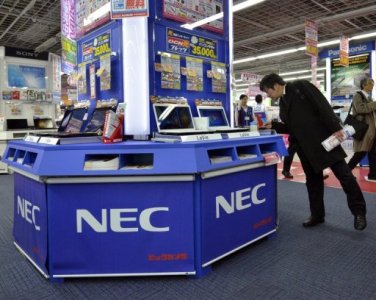Telecom Lead Europe: Portugal Telecom has signed a deal with NEC to evaluate network virtualization based on Software Defined Network (SDN) technology for datacenters and carrier networks.
This is the second deal involving SDN technology in the recent past. Last week, Deutsche Telekom selected Tail-f Systems, a provider of network service programmability solutions, to deliver the key software components of its software-defined network (SDN) in its TeraStream project. The SDN project will enable TeraStream to create an IP transformation to address traffic growth while streamlining the delivery of network services in real time.
NEC says the agreement enables both companies to test and assess the commercial feasibility and benefits of SDN implementation for carrier datacenters.
NEC and PT will deploy NEC’s “PF Series Programmable Flow Switch and Controller” SDN solution and test its capability to overcome economic and operational challenges within traditional architecture.
Furthermore, NEC and PT will carry out a joint case study for identifying the most beneficial SDN usage in PT’s telecom infrastructure.
“NEC is a pioneer in the deployment of SDN technology for commercial environments, as one of the first to launch a series of Openflow enabled switches and controllers,” said Naoki Iizuka, president and CEO, NEC Europe.
For Portugal Telecom, the challenges of legacy networks are leading the company to deal with complex and inflexible network configurations, operations and management. With this partnership, Portugal Telecom aims to understand how SDN can solve these challenges.
Meanwhile, Portugal Telecom will lower Capex (capital expenditure) in 2013 to below €500 million. Portugal Telecom’s Capex in 2012 declined by 18 percent to to €1.317 billion from €1.224 billion , reflecting lower Capex in the Portuguese business — down 14.1 percent to €555 million.
The decline in Capex in Portugal was due to the end of modernization process of infrastructure and networks and investments in future proof technologies and networks occurred in previous years. In 2012, its Capex amounted roughly 20 percent of revenues.
picture source: phys.org






